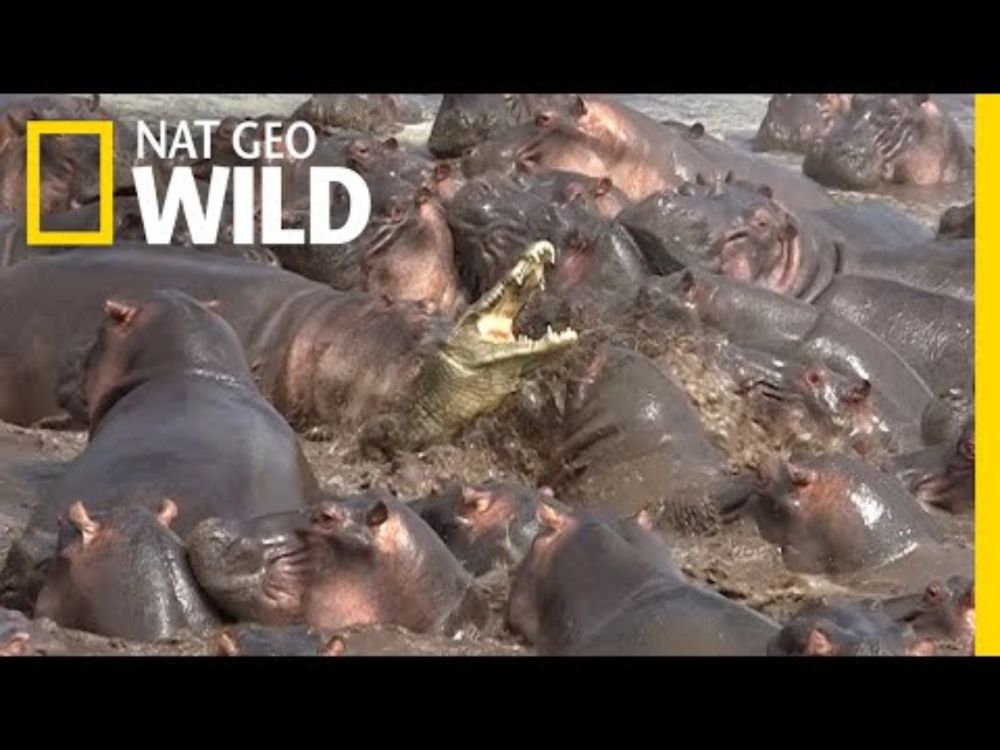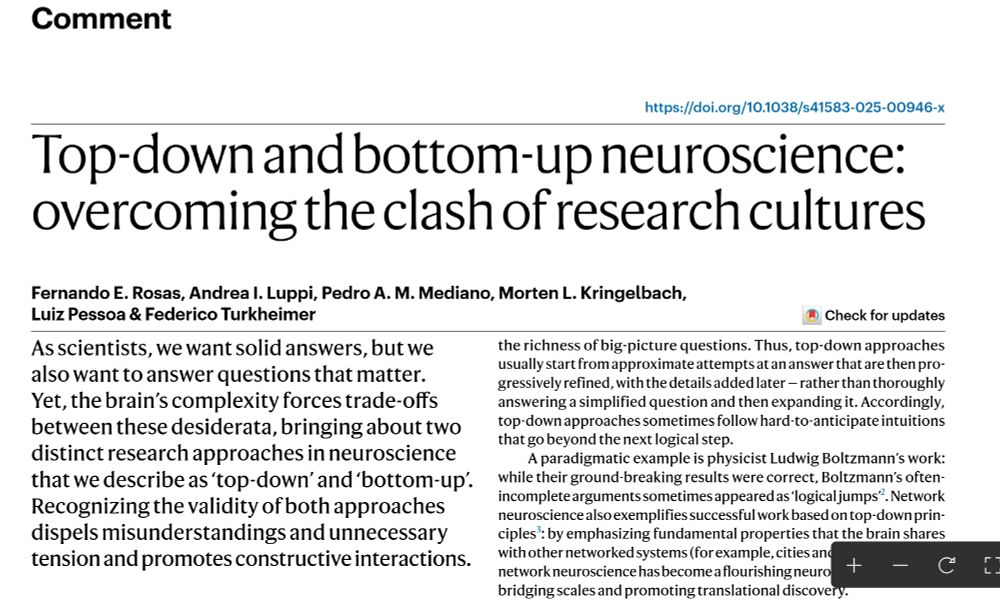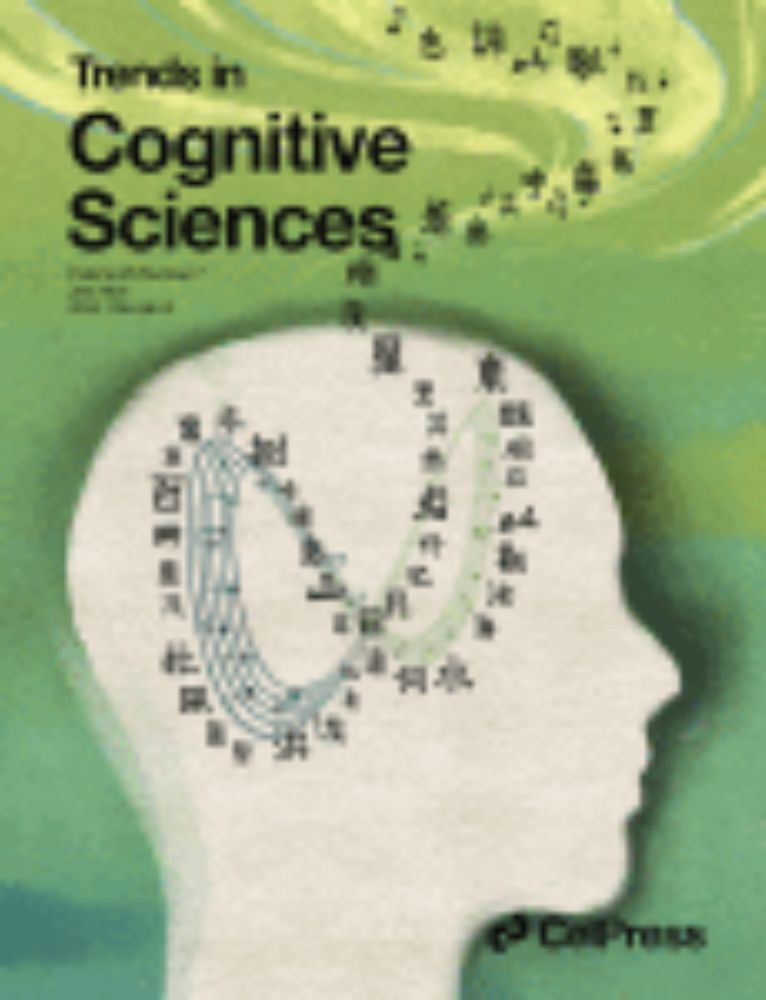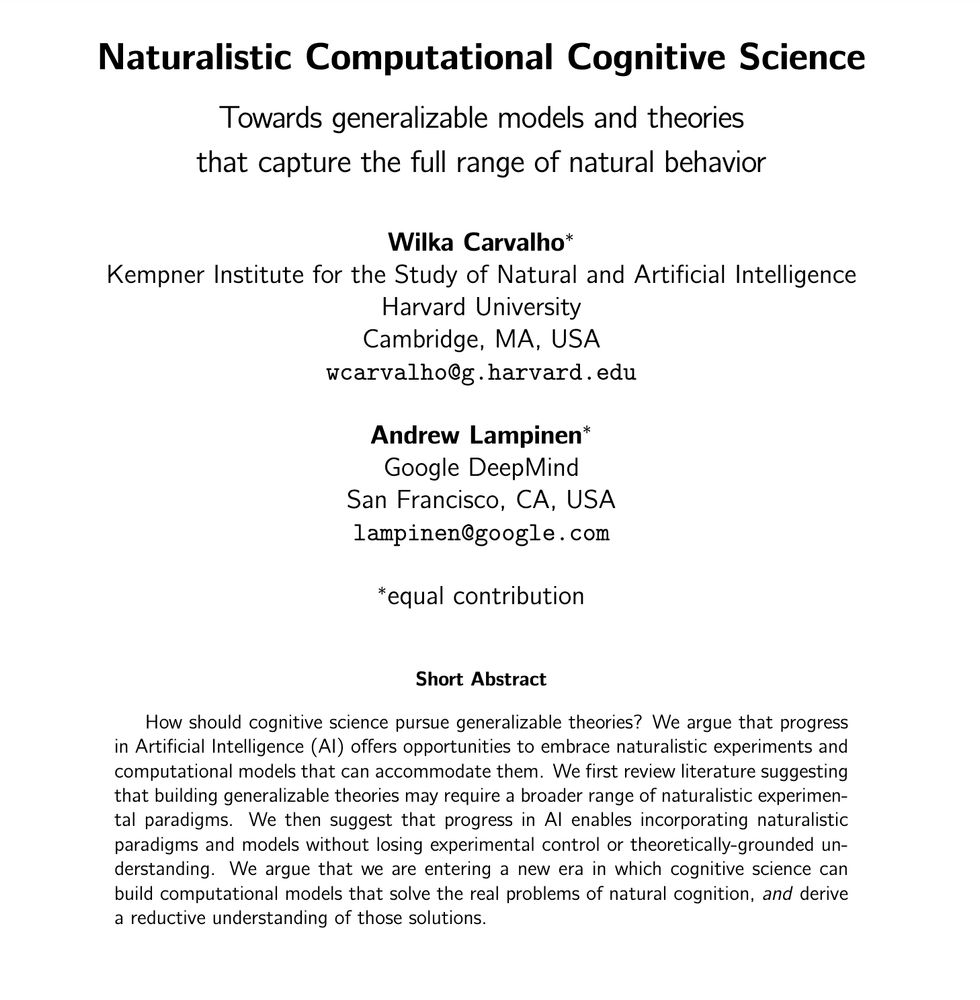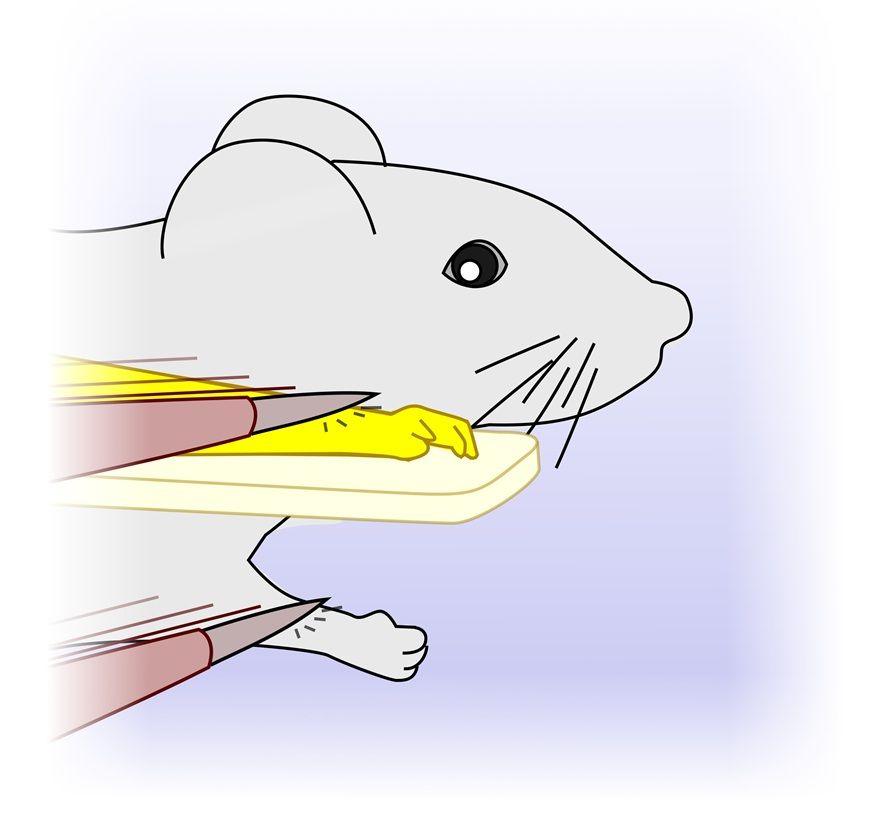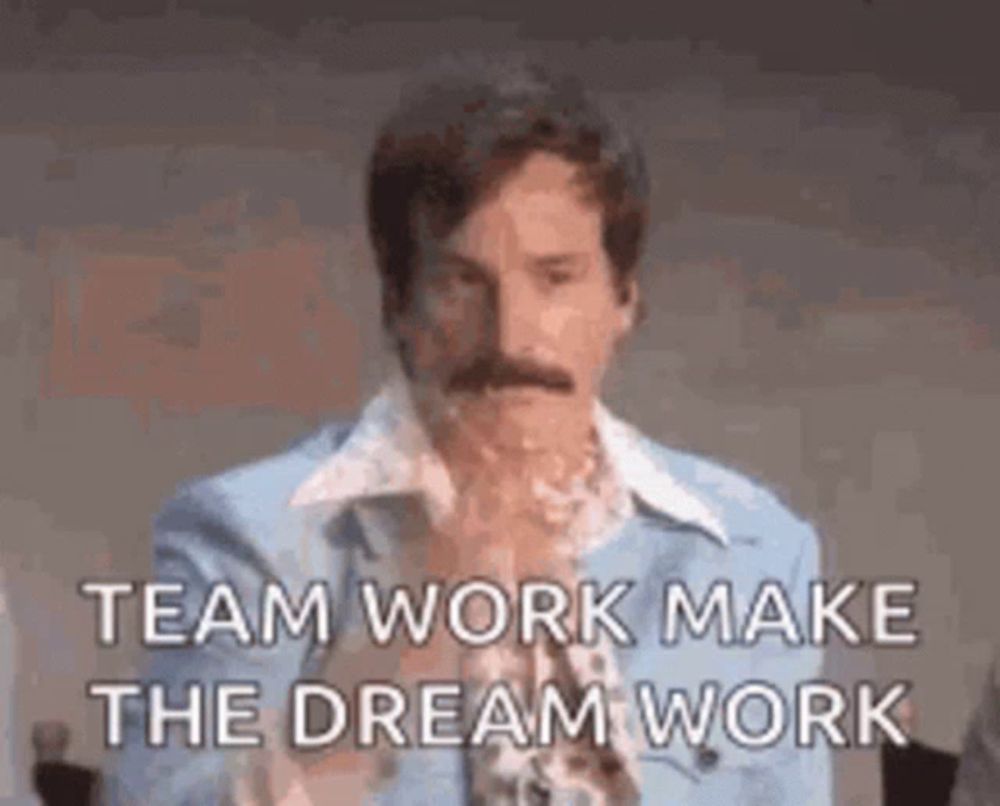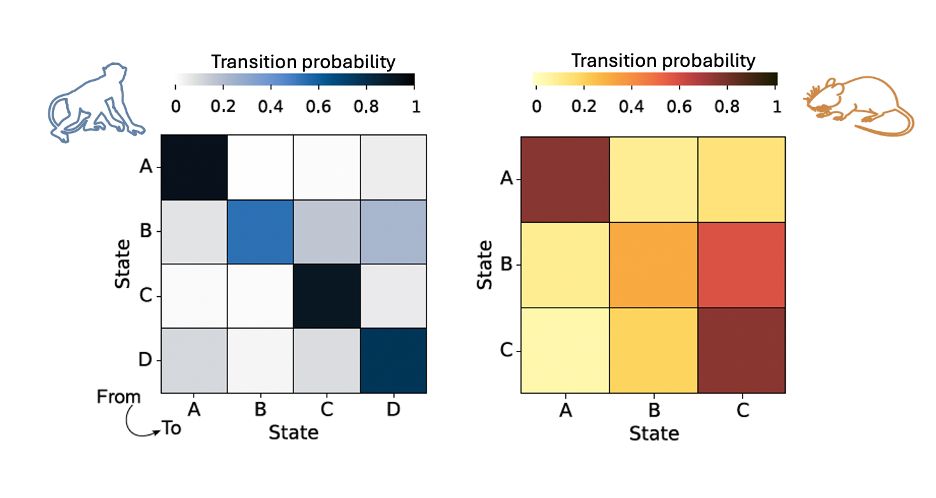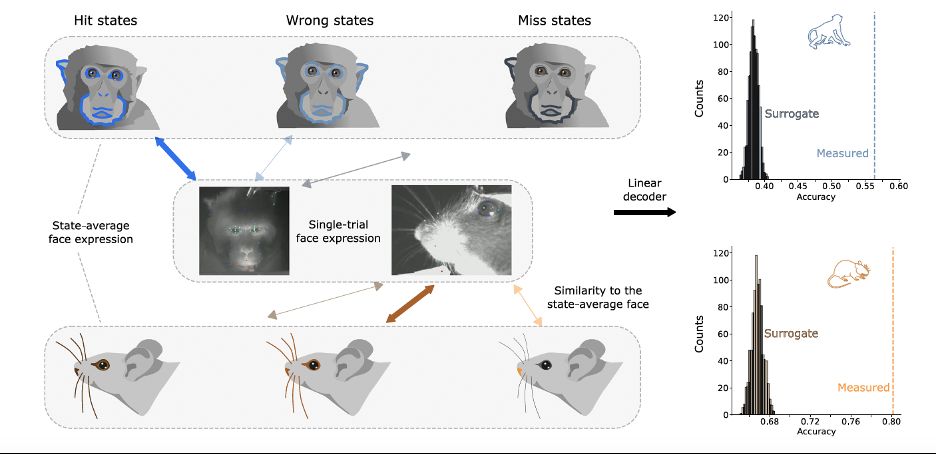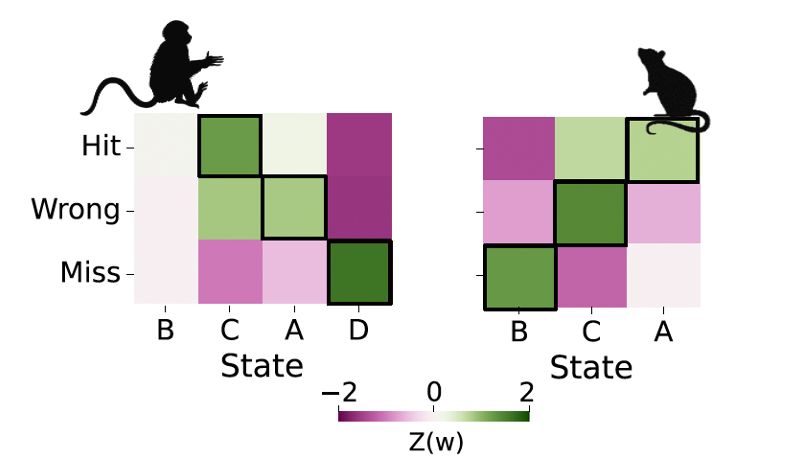Zero-Noise Lab
@zeronoiselab.bsky.social
1.5K followers
770 following
74 posts
Lab @ ESI Frankfurt. We believe the brain is noise-free. Or mostly-noise-free-ish. And that if we stare at behaving brains long enough, it will ALL MAKE SENSE.
Posts
Media
Videos
Starter Packs
Pinned
Zero-Noise Lab
@zeronoiselab.bsky.social
· Jun 10
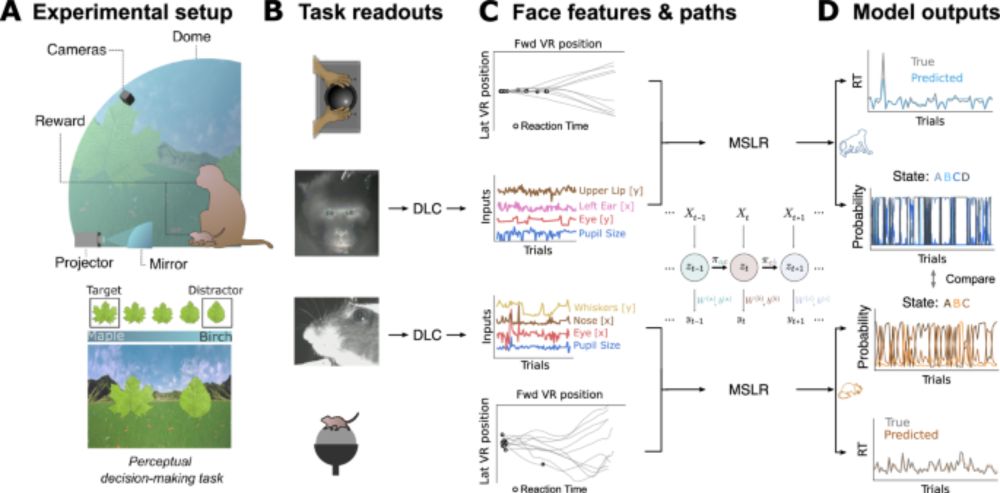
Inferring internal states across mice and monkeys using facial features - Nature Communications
Here, the authors created a virtual reality task for monkeys and mice to explore if internal states like attention are similar across species. Their facial expressions during the task were similar, su...
www.nature.com
Zero-Noise Lab
@zeronoiselab.bsky.social
· Aug 13
Reposted by Zero-Noise Lab
Zero-Noise Lab
@zeronoiselab.bsky.social
· Aug 13
Reposted by Zero-Noise Lab
Reposted by Zero-Noise Lab
Micah G. Allen
@micahgallen.com
· Aug 4
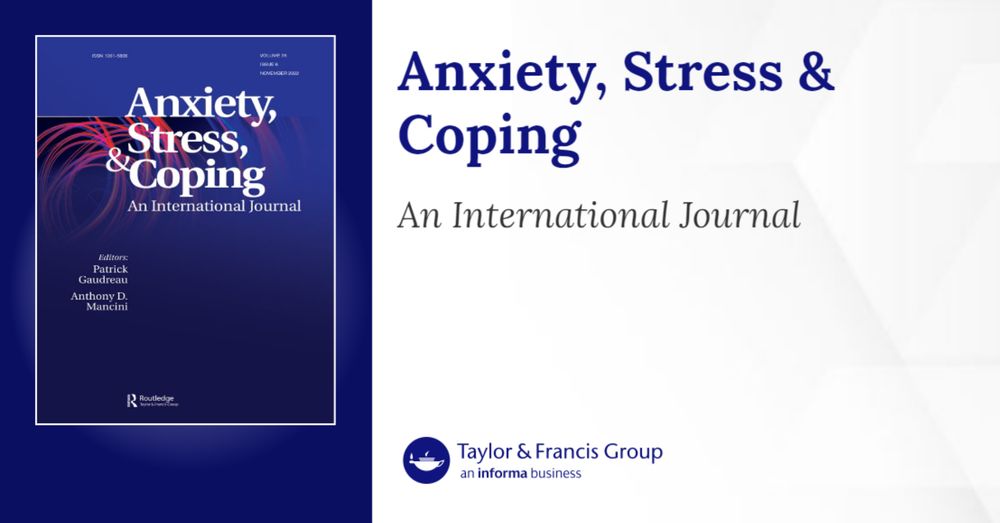
No evidence for a link between mental health symptoms and pain thresholds
Previous studies have suggested associations between pain perception and psychological factors such as mood, distress, fatigue, and quality of life. However, these factors and their relationship to...
www.tandfonline.com
Reposted by Zero-Noise Lab
Bita Moghaddam
@bita137.bsky.social
· Aug 2
Reposted by Zero-Noise Lab
Zero-Noise Lab
@zeronoiselab.bsky.social
· Jun 28
Reposted by Zero-Noise Lab
Reposted by Zero-Noise Lab
Zero-Noise Lab
@zeronoiselab.bsky.social
· Jun 17
Reposted by Zero-Noise Lab
Zero-Noise Lab
@zeronoiselab.bsky.social
· Jun 16
Zero-Noise Lab
@zeronoiselab.bsky.social
· Jun 14
Reposted by Zero-Noise Lab

